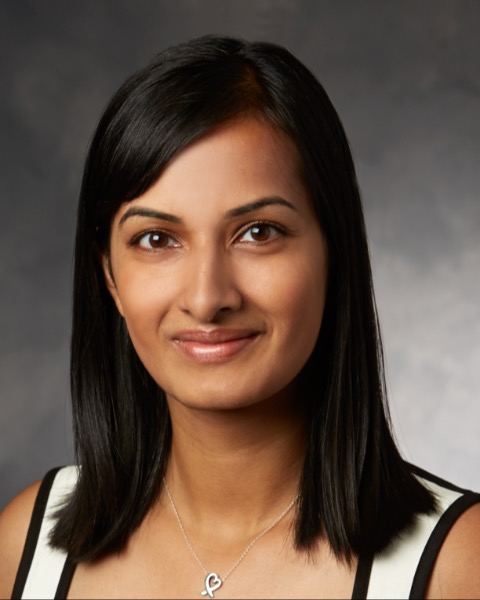Newborn Care 1
Session: Newborn Care 1
245 - Defining the Hospitalist Workforce for the Care of Newborns
Sunday, April 27, 2025
8:30am - 10:45am HST
Publication Number: 245.4169
Neha S. Joshi, Stanford University School of Medicine, Stanford, CA, United States; Arun Gupta, Stanford University School of Medicine, Palo Alto, CA, United States; Rakhi Gupta Basuray, Nationwide Children's Hospital, Columbus, OH, United States; Krista Birnie, Stanford University School of Medicine, Palo Alto, CA, United States; Allison Markowsky, Children's National Health System, Stafford, VA, United States; Sandra Motta, Connecticut Children's Medical Center, Hartford, CT, United States; Shimona B. Thakrar, Baylor College of Medicine, Texas Children's Hospital - North Austin, Austin, TX, United States; Juliann L. Kim, Stanford University School of Medicine, Los Altos, CA, United States

Neha S. Joshi, MD MS (she/her/hers)
Clinical Scholar
Stanford University School of Medicine
Stanford, California, United States
Presenting Author(s)
Background: Pediatric Hospital Medicine (PHM) is a rapidly growing new subspecialty within pediatrics. While many hospitalists’ practice includes newborn care, this subset of hospitalists has not been described.
Objective: Define the hospitalist workforce and nursery site characteristics for the care of newborns during the birth hospitalization.
Design/Methods: A 81 question mixed-format web-based survey included questions on (A) job characteristics and (B) nursery site characteristics for hospitalist practice. The survey was distributed to a convenience sample of 418 attending physicians who are hospitalists taking care of newborns during the birth hospitalization. Respondents practicing in multiple nursery settings selected the two nurseries with the most clinical time for their responses. We performed descriptive statistics.
Results: Three hundred thirty-six respondents completed the survey, for a response rate of 81%. The majority of respondents had not completed fellowship (n=287, 85%). However, most respondents were board eligible/certified in PHM (n=227, 68%). Half of respondents had some protected time for non-clinical areas (n=175, 52%). However, 70% of respondents (n=235) noted significant engagement in non-clinical areas without representative protected time. Most respondents anticipated staying in their current position in the upcoming 2 years (n=228, 68%).
Of 336 respondents, 221 (66%) practiced at 1 site, and 115 (34%) practiced at 2+ sites; accordingly, 451 sites were described. Most sites were in community hospital settings (n=308, 68%). Geographic region, location (urban, suburban rural), and delivery volume varied across sites. Nearly all described sites included hospitalists’ independent practice of level I well newborn care (n=436, 97%). Thirty-eight percent (n=170) included independent management of level II special care nursery (SCN) infants; an additional 7% included hospitalist management of level II SCN infants under direct supervision of a neonatologist. Hospitalists at most sites spent the majority of their daily clinical time on the care of newborns (n=378, 84%) with 47% (n=210) spending > 90% of daily clinical time (Figure 1). Thirty-seven percent of sites did not include a level III/IV NICU; amongst these, 28% (n=126) needed to transfer infants more than 11 miles to the nearest level III/IV NICU (Figure 2).
Conclusion(s): This survey is the first characterization of hospitalists and their care of newborns. For most surveyed hospitalists, newborn care presents a majority of their clinical workload. Continued understanding of this workforce can help optimize care delivery for newborns.
NWS_Figure1
NWSFigure1_PAS.pdfFigure 1. Approximate percentage of daily clinical time spent with newborns at nursery site.
NWS_Figure2
NWSFigure2_PAS.pdfFigure 2. Distance in miles from nursery site to nearest level III/IV NICU.

